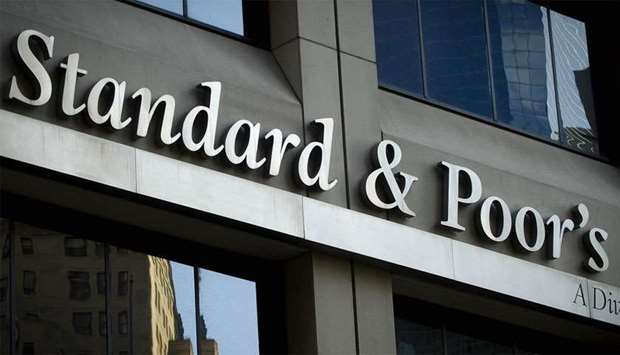Global credit rating agency Standard & Poor’s (S&P) has affirmed its ‘AA-/A-1+’ long- and short-term foreign and local currency sovereign ratings on Qatar.
S&P said the ratings affirmation reflects its expectation that the authorities will continue to actively manage the boycott while preserving Qatar’s core rating strengths, including its strong public sector balance sheet.
The government has taken measures to ease the immediate economic and financial effects of the boycott. In particular, it has established new trade routes through other countries in the region, resulting in a recovery in imports.
The fall in nonresident deposits and inter-bank placements has been offset by liquidity injections by Qatar Central Bank (QCB) and repatriation into the domestic banking sector of about $40bn (24% of GDP) of public sector assets (mostly Qatar Investment Authority), previously held abroad, S&P said.
“The deposit outflows have stabilised to a manageable level since November 2017. This somewhat reduces the likelihood that the banks would need substantial additional government support.
“Qatar may see further nonresident deposit outflows as they mature, which we expect would be manageable. We expect Qatar’s liquid external assets to continue to offset the country’s stock of debt by a reasonable margin. However, Qatar's gross external financing needs remain sizeable, owing to the share of short-term external funding in Qatar's large banking system,” S&P said.
“However, we expect government policy to continue to actively mitigate the impact of the boycott and remain supportive of accelerating economic growth. The ongoing diplomatic rift could weigh on economic growth, but the government’s infrastructure plan will continue to support economic activity,” S&P said.
On Qatar’s flexibility and performance profile, S&P said despite the boycott, external balances are projected to improve with the fiscal balance remaining strong in 2018 to 2021.
“We estimate the current account surplus at about 4.5% of GDP in 2018, supported by higher hydrocarbon prices. Outflows of nonresident funding from Qatar's banks totalled about $18bn (10% of GDP) at year-end 2017 as a result of the boycott, but liquidity injections by QCB and Qatari public sector deposits to support the banks were more than double that at $40bn (24% of GDP).

